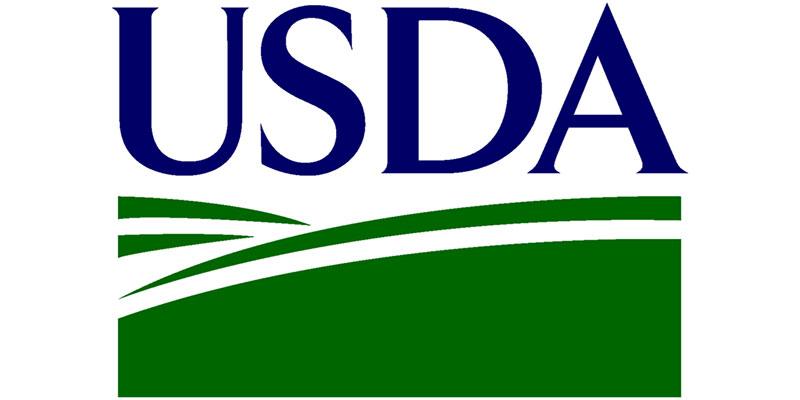
WASHINGTON, June 1 – The U.S. Department of Agriculture (USDA) announced details of a framework to transform the food system that will benefit Southeast specialty crop producers.
The goals of USDA’s Food System Transformation framework include:
- Building a more resilient food supply chain that provides more and better market options for consumers and producers while reducing carbon pollution: The pandemic and recent supply chain disruptions have revealed the perils of a national food system that depends on capacity concentrated in a few geographic areas. Having more capacity to gather, process, move and store food in different geographic areas of the country will provide more options for producers to create value-added products and sell locally.
- Creating a fairer food system that combats market dominance and helps producers and consumers gain more power in the marketplace by creating new, more and better local market options: Just 14 cents of the food dollar go to producers on average – in large part because producers’ power in the marketplace has declined over the past 50 years. USDA’s investments will deliver a better deal for farmers, ranchers, growers and consumers.

Forthcoming USDA Investments Include:
- Up to $300 million in a new Organic Transition Initiative to provide comprehensive support for farmers to transition to organic production. Organic production provides producers with the ability to demand a premium in the marketplace and thus take home a greater share of the food dollar; there can also be climate and environmental benefits.
- Up to $75 million to support urban agriculture. From farms within city boundaries to community gardens, urban agriculture plays an important role in connecting producers and consumers to food, agriculture, and one another while contributing to the local economy.
These actions build on the Organic Certification and Transition Cost Share program that was previously announced that provides pandemic assistance to producers and handlers of agricultural products who are obtaining or renewing their certification under the National Organic Program (NOP).
Additional Planned Investments Include:
- $200 million for Food Safety Certification for Specialty Crops Program for specialty crop operations that incur eligible on-farm food safety program expenses. These operations incur significant costs to comply with regulatory requirements and market-driven food safety certification requirements each year and getting these certifications opens new market opportunities for the farmers.
Food Distribution and Aggregation
Having the right infrastructure in the right places to gather, move and hold food where and when it is needed is key to the resiliency of our food system. Efforts to shorten the supply chain provides more income opportunities for producers and more options for consumers to buy locally produced products. At the same time, shortening the supply chain has important climate benefits. USDA will make a series of investments to strengthen local and regional food systems, including:
- Investing $60 million to leverage increased commodity purchases through Farm-to-School. Farm-to-school programs are a proven model of increasing markets for farmers via child nutrition programs while also providing children healthy, fresh food. These grants to states and territories administering farm to school programs will support increased procurement and use of local foods in child nutrition program meals.
These investments build on previous announcements including $130 million increase to the Local Agriculture Marketing Program, which will fund activities that expand and strengthen opportunities for local and regional food producers to sell to institutions, such as universities, hospitals, and settings operated by local, tribal, and state governments.
Visit www.usda.gov to learn more.









